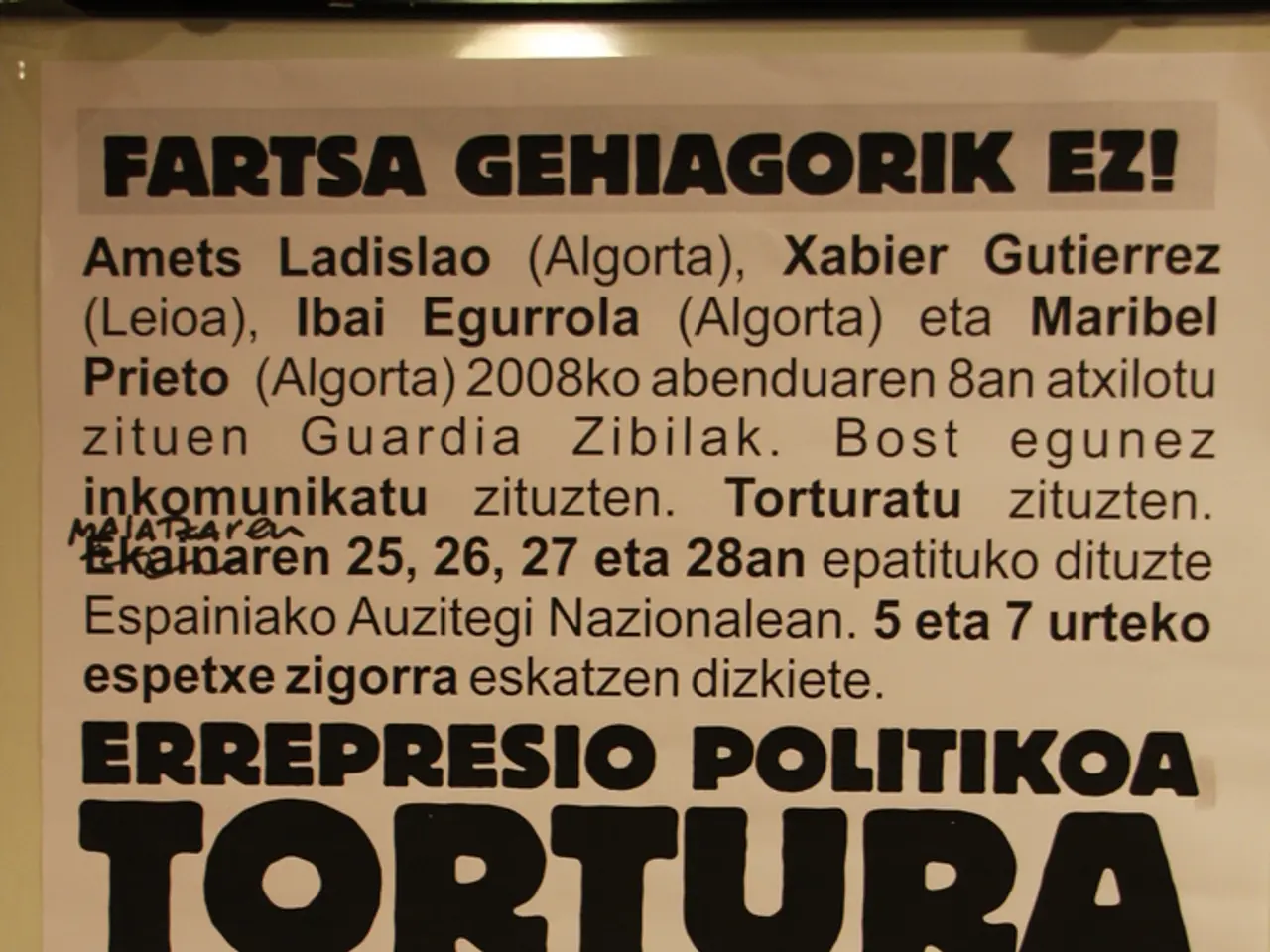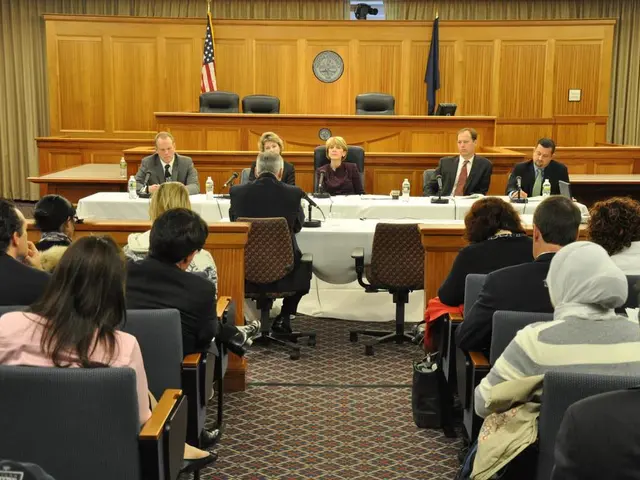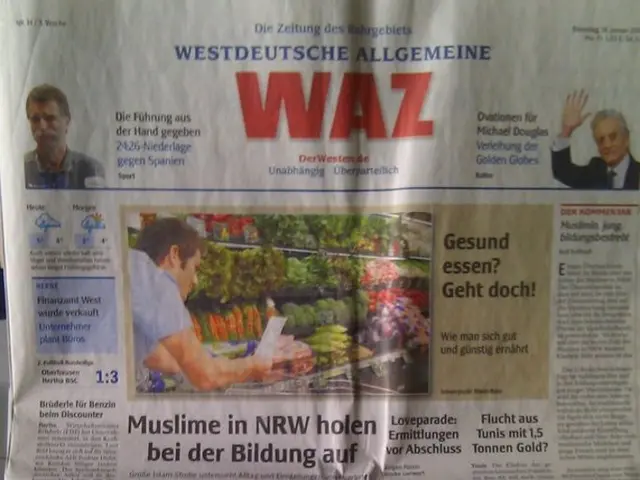Soaring Vacation Costs: Spanish Tourists Shell Out 43% More for Equivalent Holidays Compared to 2021
**Spain's Soaring Tourism Spending: A Closer Look**
A surge in tourism spending is transforming the landscape of Spain's travel industry, with the average expenditure on vacation trips reaching an unprecedented 390 euros per person last year, marking a 42.7% increase from 2021[1]. This trend is set to continue, as the price level in May this year hit a record high, indicating further increases in the summer[2].
The rise in spending is affecting both the duration and destination choices of vacations for both Spaniards and foreign tourists. Most tourists are opting for medium-length stays between four and seven nights, with about 4.5 million visitors choosing this duration in April 2025—up by 13.6% from the previous year[1][2].
Regarding destination choices, popular regions like the Canarias (25.6% of spending), Cataluña (16.6%), and Comunidad de Madrid (15.8%) continue to attract tourists[1]. Regions such as Andalucía and the Balearic Islands are also experiencing notable increases in visitor arrivals, highlighting the appeal of a wide variety of landscapes[2].
Independent travel planning is on the rise, with over 6.7 million tourists in April 2025 booking trips independently, a nearly 10% increase from 2024[2]. This trend promotes more personalized and flexible itineraries, potentially broadening the economic benefits across local businesses and less traditional destinations.
However, the increased spending is not without its challenges. The price of food, beer, soft drinks, ice creams, wine, and distilled spirits has all seen significant increases[3]. For instance, the price of food has risen substantially between 2022 and 2023, while restaurant prices have increased by 21.7% since 2021 and are still climbing[4]. Tourist accommodations, such as hotels and apartments, have also seen a price hike of more than 50% since 2021[4].
Despite these increases, the duration of vacation trips in Spain has remained around a week in summer for the past decade[5]. However, the number of trips made by Spaniards has decreased in the last four quarters compared to the same period the previous year[6]. In 2024, there was a slight decrease (2.3%) in the number of trips Spaniards make within Spain, while trips by Spaniards abroad increased by 12%[7].
In conclusion, Spain's tourism industry is experiencing a transformation driven by increased spending and evolving traveler preferences. This dynamic is steering the industry towards a higher quality and more diversified model, supporting sustainability goals and economic growth[3]. However, the rising costs of travel and accommodations may deter some tourists, particularly Spaniards, from taking as many trips as they did in the past.
[1] El País, "El gasto medio de los turistas en España supera los 390 euros por persona," 2022. [2] El Mundo, "El gasto de los turistas en España aumenta en el primer cuartil del año," 2023. [3] El País, "El turismo español se orienta hacia un modelo de calidad y diversificación," 2023. [4] El Mundo, "Los precios de los alimentos, bebidas y alojamientos suben en España," 2023. [5] El País, "El gasto medio de los turistas en España durante las vacaciones de verano," 2021. [6] El Mundo, "El número de viajes realizados por los españoles disminuye en los últimos cuatro trimestres," 2022. [7] El País, "El número de viajes realizados por los españoles en España y en el extranjero en 2024," 2025.
Tourists traveling to Spain are spending more on average, with an average expenditure of 390 euros per person in vacation trips last year. This increased spending is leading to a shift in vacation lifestyles, as travelers exploring various regions like Cataluña, Comunidad de Madrid, and the Canarias are opting for medium-length stays, emphasizing the tourism industry's transformation towards a higher quality and more diversified model.




